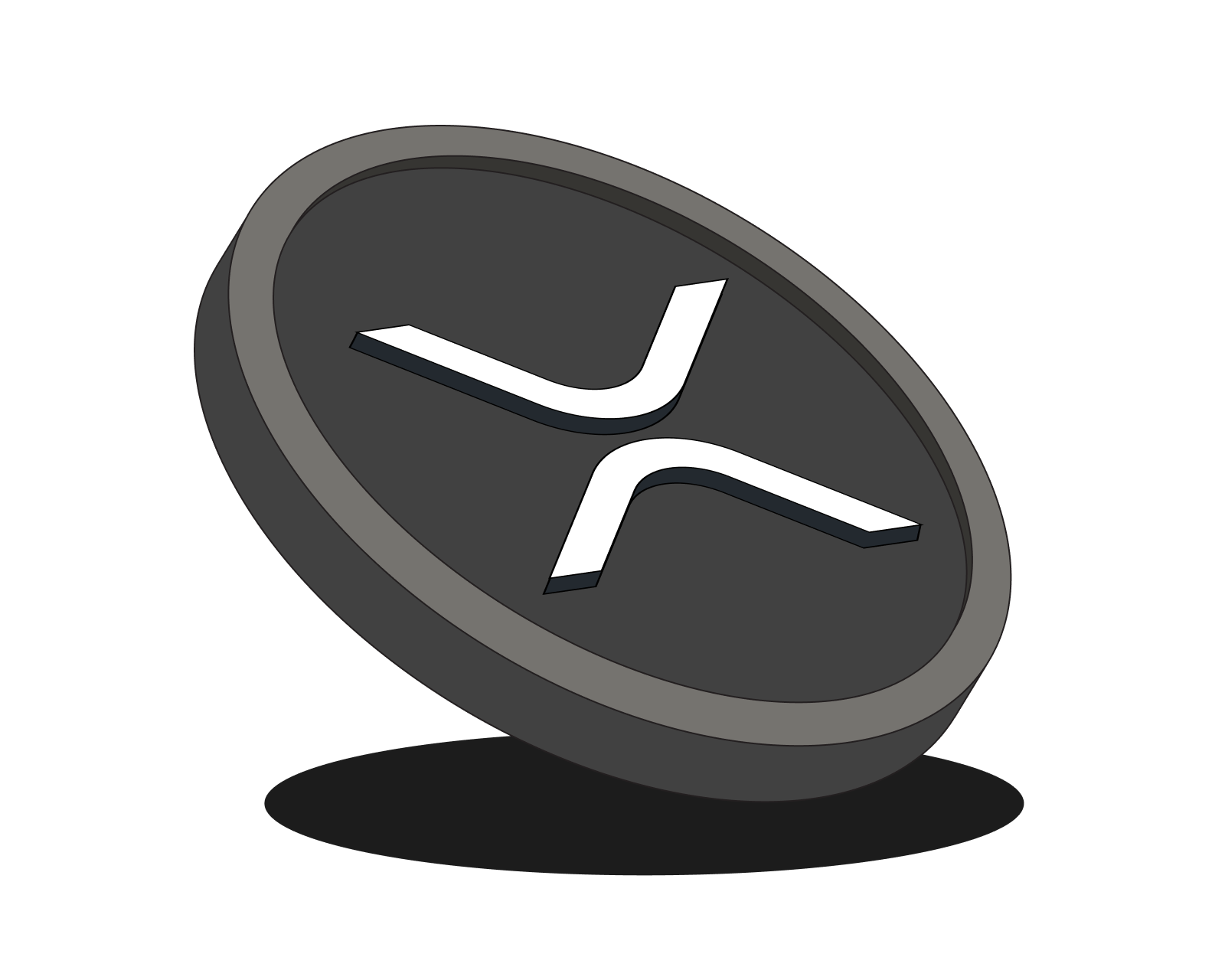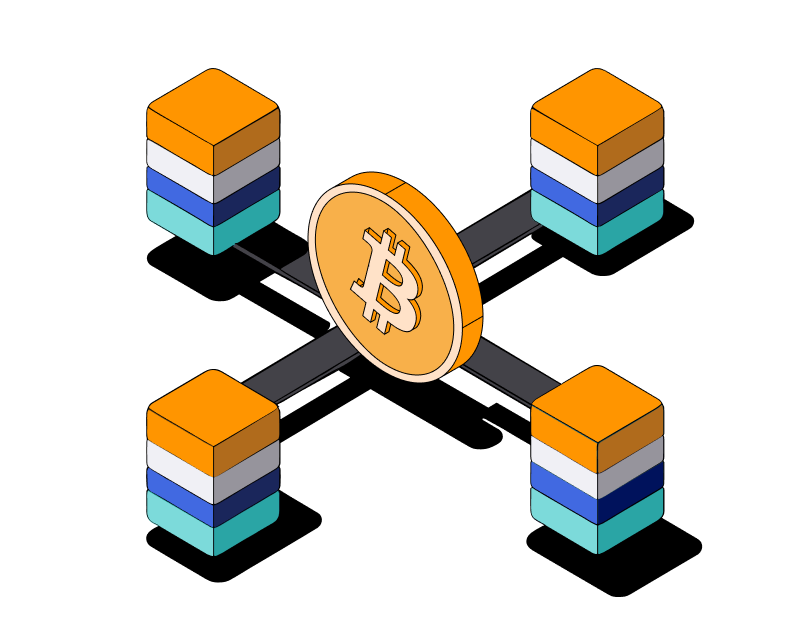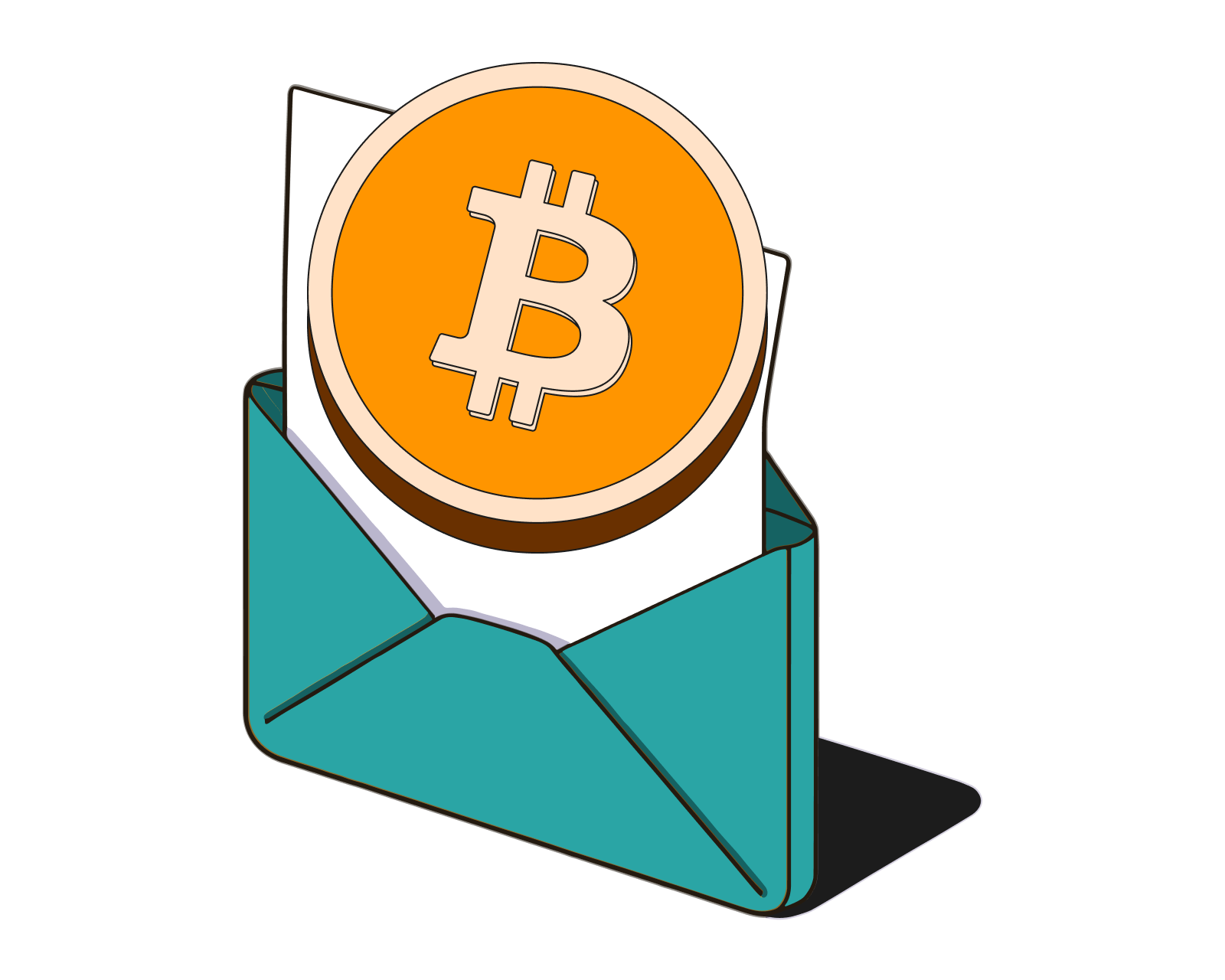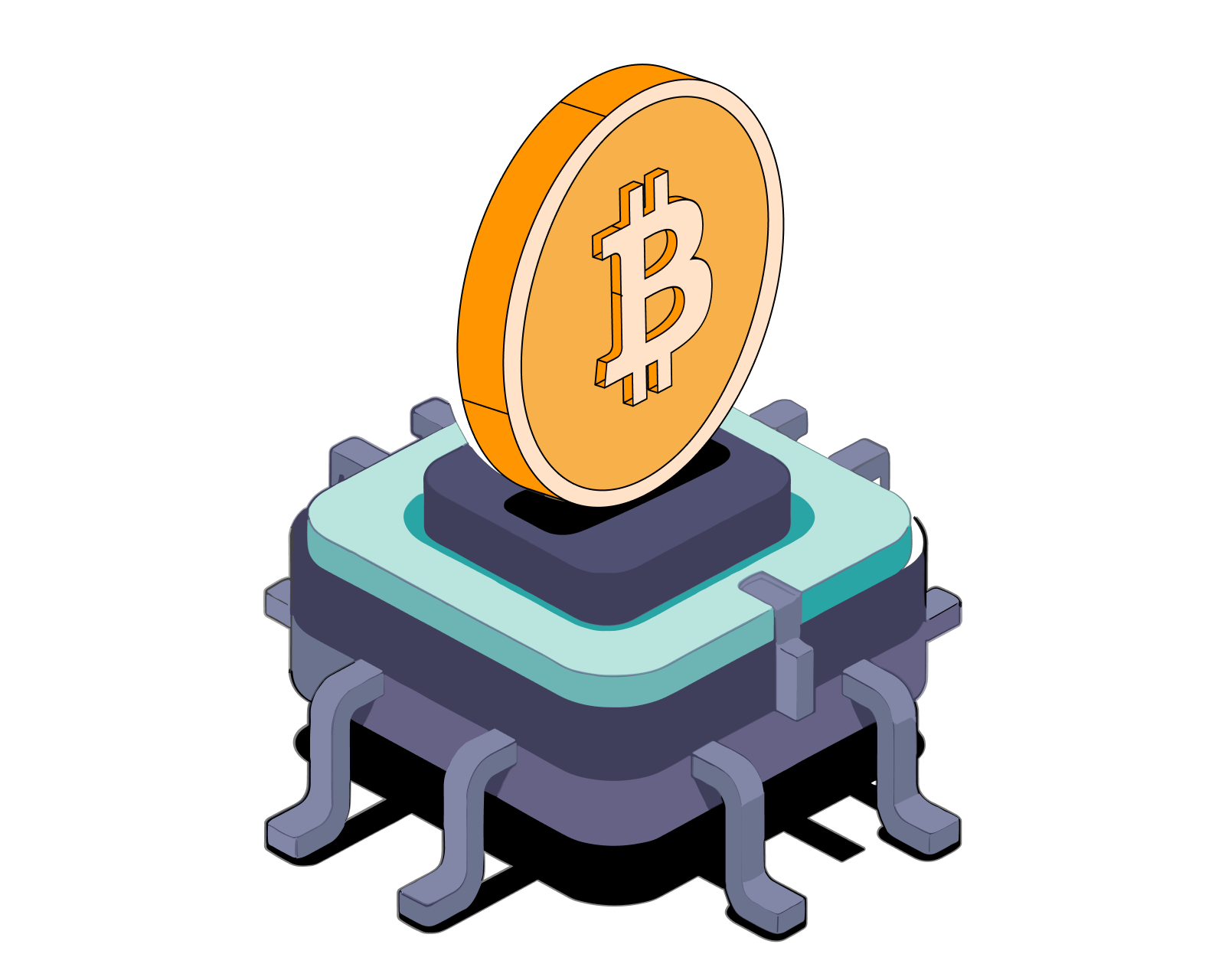What is the Ripple XRP Ledger?

Table of Contents
The Ripple XRP Ledger: A Deep Dive into Cross-Border Payments
The XRP Ledger (XRPL) is a public, decentralized blockchain designed for fast and efficient cross-border payments. It offers a unique approach to settlement, distinct from cryptocurrencies like Bitcoin. This article explores the XRPL, its functionality, recent developments, and its relationship with XRP.
Get started with a quick introduction to Bitcoin and cryptocurrencies, and explore blockchain technology.
What is the Ripple XRP Ledger?
The XRPL is a distributed ledger technology (DLT) that facilitates fast and low-cost transactions. Unlike Bitcoin, which uses Proof-of-Work (PoW), XRPL employs the XRP Ledger Consensus Protocol. This protocol enables quick transaction confirmations (typically within 3-5 seconds) and lower energy consumption. Instead of mining, a network of validators agrees on the order and validity of transactions.
Learn about how Bitcoin transactions work and Bitcoin network fees. Explore how fees function in Ethereum, and get a broader understanding of crypto transaction costs. Also, understand how Bitcoin impacts the environment.
XRP: The Digital Asset of the XRPL
XRP is the native digital asset of the XRPL, used to facilitate transactions, access features on the network, and provide liquidity. Unlike Bitcoin, which is mined over time, all 100 billion XRP were pre-mined at the ledger’s inception. XRP plays a key role in enabling cross-border payments, bridging different currencies efficiently.
How the XRPL Works: Consensus and Transactions
The XRPL's consensus mechanism is crucial to its speed and efficiency. A network of validators achieves consensus on transactions quickly, ensuring secure and low-cost operations. Here’s how transactions are processed:
-
Transaction Submission: Users submit transactions to the XRPL network. Learn about sending and receiving crypto.
-
Validator Proposal: Validators propose sets of transactions for the next ledger version.
-
Consensus Process: Validators agree on the transaction set through voting.
-
Ledger Update: The XRPL updates with the agreed-upon transactions, typically within seconds.
Compare with Bitcoin's governance, and how governance works in Ethereum.
Key Features and Use Cases of the XRPL
-
Fast Transactions & Low Fees: Transactions are confirmed in seconds with minimal fees. Learn about crypto network fees and compare with Bitcoin fees.
-
Scalability: The XRPL can handle a high volume of transactions.
-
Decentralized Exchange (DEX): A built-in DEX facilitates trading various assets.
-
Smart Contract Functionality & Tokenization: Enables programmable transactions and the issuance of digital assets, supporting use cases like automated financial agreements, digital collectibles, and asset management.
-
Cross-Border Payments & Remittances: Facilitates fast, low-cost international payments and remittances. Learn more about cross-border payments.
-
Micropayments: Supports small-value transactions due to low fees.
-
DeFi Applications: Leveraging smart contracts, XRPL is used in decentralized finance (DeFi) for lending, borrowing, yield farming, and liquidity provisioning. Learn more about lending and borrowing in DeFi.
-
CBDC Development: Some central banks are exploring XRPL for Central Bank Digital Currencies (CBDCs).
-
NFT & Asset Tokenization: With the introduction of Dynamic NFTs (XLS-46), XRPL now supports updating NFT metadata post-issuance, making it an appealing option for digital asset management.
-
EVM Compatibility: The development of an Ethereum Virtual Machine (EVM) sidechain allows developers to create Ethereum-based decentralized applications (dApps) on the XRPL.
-
Permissioned Domains (XLS-80): Enables restricted access to specific domains for regulatory compliance.
-
DeepFreeze (XLS-77): Allows issuers to freeze certain assets to enhance security and compliance.
-
The XRPL Native Stablecoin: RLUSD, Ripple’s USD-backed stablecoin, was launched on December 17, 2024, and is now active on the XRPL. Fully backed by U.S. dollar deposits, government bonds, and cash equivalents, RLUSD is designed to facilitate stable transactions, enhance liquidity, and serve as a reliable bridge asset within the XRPL ecosystem.
-
Cross-Chain Bridging & Interoperability: The XRPL supports bridging to other blockchains, enhancing interoperability across different networks. The XRPL EVM Sidechain, integrated with the Axelar Bridge, enables asset transfers and cross-chain smart contracts, connecting XRPL with over 55 other blockchains through Axelar’s secure and decentralized bridging infrastructure.
Advantages and Challenges of the XRPL
Advantages
- Speed & Efficiency: Transactions settle in seconds.
- Scalability: High transaction throughput.
- Sustainability: Lower energy consumption compared to other PoW blockchains.
- Expanded Utility: Features like NFTs, EVM compatibility, cross-chain bridging, and smart contracts, broadening its use cases across decentralized applications, asset tokenization, and interoperability.
Challenges
- Regulatory Uncertainty: Ongoing legal and compliance challenges.
- Centralization Concerns: Ripple Labs holds a significant portion of XRP.
- Competition: Competes with other blockchain payment solutions.
Understand more about decentralization.
Conclusion
The XRP Ledger continues to evolve with recent updates, including smart contract compatibility, NFT advancements, improved asset management tools, the introduction of RLUSD as a stablecoin, and expanded cross-chain interoperability. While challenges remain, its advancements position it as a significant player in the global blockchain ecosystem beyond just cross-border payments.
Dive deeper into crypto by learning about Bitcoin wallets and how to create one. Understand digital asset security, how Bitcoin exchanges work, and the essentials of buying and selling Bitcoin.
For a more in-depth perspective, explore Bitcoin's origin story-from a revolutionary idea to a global financial movement. Then, dive into Bitcoin's price history and examine its potential future.
Related guides
Start from here →
What is Bitcoin?
Get a straightforward introduction to Bitcoin and why it matters.
Read this article →
What is Bitcoin?
Get a straightforward introduction to Bitcoin and why it matters.

What is a Blockchain?
This beginner's guide explains blockchain, its importance in cryptocurrencies, and how it works. Explore its uses, advantages, and future potential.
Read this article →
What is a Blockchain?
This beginner's guide explains blockchain, its importance in cryptocurrencies, and how it works. Explore its uses, advantages, and future potential.

What is DeFi?
Learn what makes decentralized finance (DeFi) apps work and how they compare to traditional financial products.
Read this article →
What is DeFi?
Learn what makes decentralized finance (DeFi) apps work and how they compare to traditional financial products.

What is Bitcoin governance?
How does the network operate and decide on critical issues?
Read this article →
What is Bitcoin governance?
How does the network operate and decide on critical issues?

What are cryptocurrency network fees?
Learn what crypto network fees are, how fees are determined, and more.
Read this article →
What are cryptocurrency network fees?
Learn what crypto network fees are, how fees are determined, and more.

What's a smart contract?
Get the basics on the "software" that runs on decentralized networks.
Read this article →
What's a smart contract?
Get the basics on the "software" that runs on decentralized networks.
STAY AHEAD IN CRYPTO
Stay ahead in crypto with our weekly newsletter delivering the insights that matter most
Weekly crypto news, curated for you
Actionable insights and educational tips
Updates on products fueling economic freedom
No spam. Unsubscribe anytime.



Start investing safely with the Bitcoin.com Wallet
Over wallets created so far
Everything you need to buy, sell, trade, and invest your Bitcoin and cryptocurrency securely

© 2025 Saint Bitts LLC Bitcoin.com. All rights reserved


